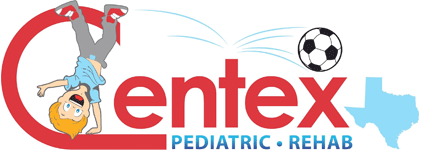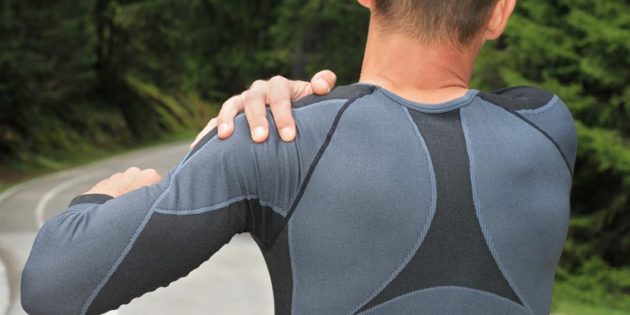
As sports fans and athletes alike know, shoulder injuries are serious business. They can be extremely painful, limiting, and slow to heal. As physical therapist Kelly Keeney explains, the rotator cuff is a common shoulder injury site, though there are plenty of exercises to help you recover.
What Is a Rotator Cuff Injury?
The rotator cuff is a group of four muscles that stabilize the shoulder and allow it to move. Keeney says you should visualize the head of the arm bone as a golf ball, and the area of the shoulder blade as a golf tee. “The rotator cuff enables the ball to spin and roll while remaining on the tee,” he says.
The most common rotator cuff injuries are impingements and tears. An impingement occurs when a rotator cuff swells and cramps the space between the arm and shoulder bones, causing pinching. Muscle strain or other overuse injuries, as well as bone spurs, are common causes of swelling.
“There are many degrees of a tear, some of which do not require surgery,” Keeney says. “The depth, or thickness, of the tear, as well as the muscles affected, determine the degree of the tear.”
Repetitive, overhead motions can wear down the rotator cuff and are thus a common cause of injury. This is why athletes such as baseball pitchers frequently have shoulder issues. A traumatic injury, such as falling onto your arm, can also cause injury. Regardless of how it happens, the risk of a rotator cuff tear increases as we age and the wear on our bodies accumulates.
What to Do After an Injury?
Keeney suggests using the “RICE” method immediately following an injury; rest, ice, compression, and elevation work together to reduce pain and swelling. Once swelling has gone down and moving your arm is no longer painful, exercises such as the following can help you heal and prevent issues such as “frozen shoulder” or range of motion loss.
Kelly recommends using a light dumbbell or resistance band for many repetitions. If you do not have a light dumbbell, try using a can of soup.
Side-Lying External Rotation
- Lie down on the side opposite your injured arm.
- Bend the elbow of your injured arm to 90 degrees and rest the elbow on your side. Your forearm should rest across your abdomen.
- Hold a light dumbbell and, keeping your elbow against your side, slowly raise the dumbbell toward the ceiling. Stop rotating your arm if you feel strain.
- Hold the dumbbell up for a few seconds before returning to the start position with your arm down.
- Repeat three sets of 10 up to three times a day. Increase reps to 20 when 10 becomes easy.
High-to-Low Rows
- Attach a resistance band to something sturdy at or above shoulder height. Be sure it is securely held so it doesn’t come lose when you pull on it.
- Get down on one knee so the knee opposite your injured arm is raised. Your body and lowered knee should be aligned. Rest your other hand on your raised knee.
- Holding the band securely with your arm outstretched, pull your elbow toward your body. Keep your back straight and squeeze your shoulder blades together and down as you pull. Your body should not move or twist with your arm.
- Return to start and repeat three sets of 10.
Lawn Mower Pull
- Stand with your feet shoulder-width apart. Place one end of a resistance band under the foot opposite your injured arm. Hold the other end with the injured arm, so the band goes diagonally across your body.
- Keeping your other hand on your hip, bend slightly at the waist (do not lock your knees) so the hand holding the band is parallel to the opposite knee.
- As if starting a lawn mower in slow motion, straighten upright while pulling your elbow across the body to your outside ribs. Keep your shoulders relaxed and squeeze your shoulder blades together as you stand.
- Repeat three sets of 10.
While these exercises can help build strength after a minor injury, a major or recurring injury requires more attention. Call our office at 254-630-1186 if you experience pain (or a deep ache), swelling, difficulty raising your arm, or difficulty sleeping on your arm more than a few days after your injury.
- Is Your Nighttime Routine The Reason For Your Neck Pain? - July 17, 2019
- Live Broadcast April 8, 2019 - April 15, 2019
- What’s Causing Your Knees to Hurt?It Might Not Be What You Think! - April 15, 2019

